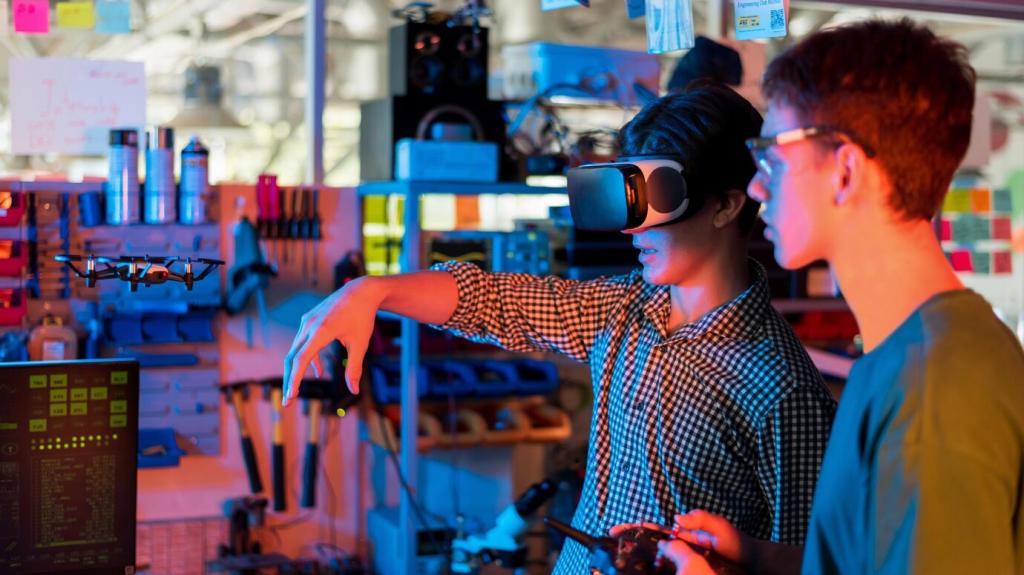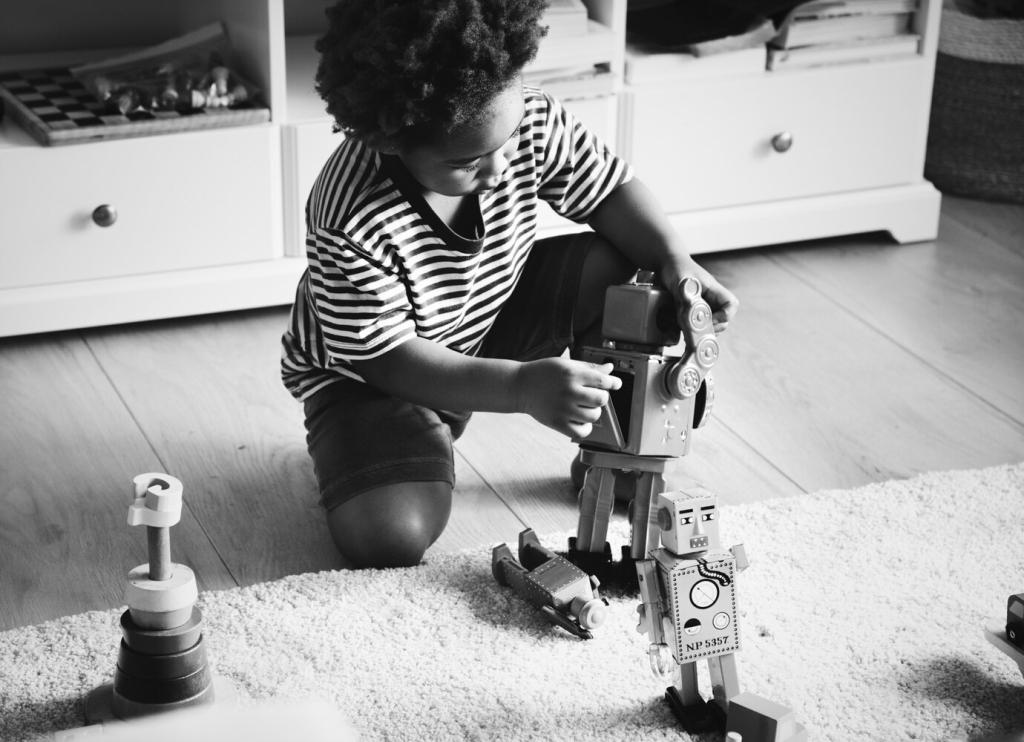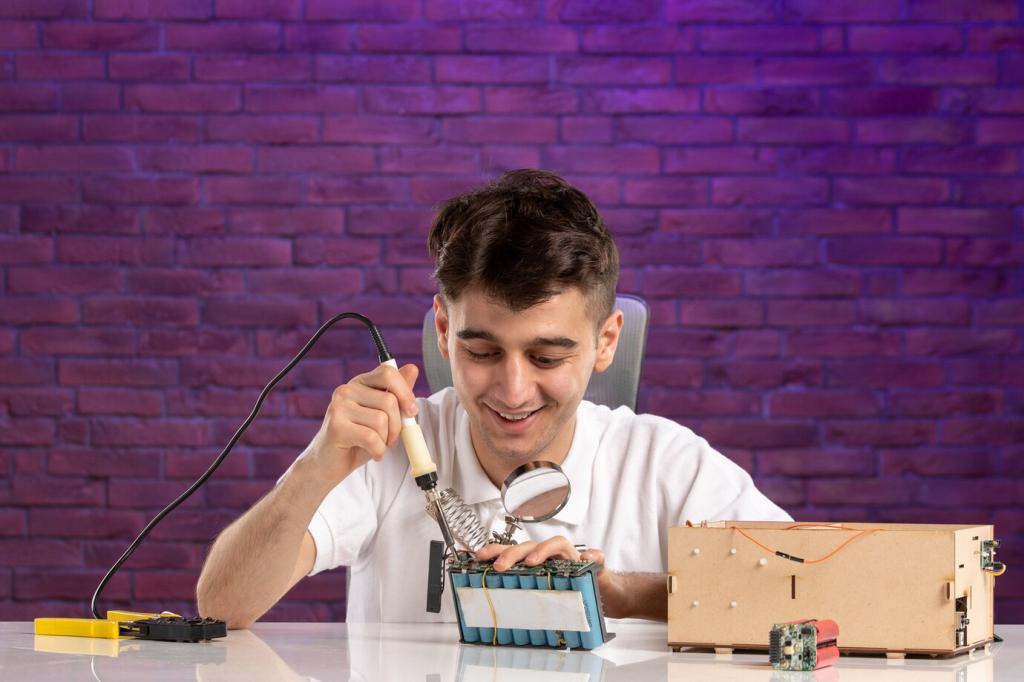Robotics kits are transforming the way young minds engage with science, technology, engineering, and mathematics. These interactive kits serve as gateways for children and teenagers to explore the fascinating world of robotics in an approachable and stimulating way. By combining fun with foundational concepts, robotics kits set the stage for innovation, creativity, and problem-solving—skills essential for tomorrow’s leaders. Whether at home, in classrooms, or at after-school clubs, these kits have become essential tools to inspire curiosity and foster a lifelong passion for learning and invention.
Understanding Robotics Kits
Robotics kits are sets of components—including motors, sensors, microcontrollers, and building materials—specifically designed for constructing robots. What sets them apart is their educational approach: they are engineered not just for building, but also for teaching the basics of robotics and programming in a way that’s engaging and accessible for youngsters. These kits are often modular, allowing endless possibilities for customization and repeated use. From simple robots that follow lines to more complex machines capable of responding to their environment, robotics kits provide a structured yet creative learning journey.

Assembling and programming a robot is more than just connecting parts; it requires learners to confront challenges at every stage. Whether deciphering assembly diagrams, troubleshooting code, or adapting their designs to work as intended, children are consistently practicing problem-solving techniques. These practical experiences teach perseverance and analytical thinking, skills that are vital beyond robotics. By encountering and overcoming obstacles, young users learn that complex problems can be tackled step by step, making the learning process both motivating and rewarding.

Robotics kits provide a unique intersection of structure and flexibility. While they come with guided projects to help users get started, they also encourage creativity by allowing endless modifications. Children can reconfigure robots for different tasks or invent entirely new machines based on their own ideas. This open-ended approach cultivates innovation, as learners are free to experiment, make mistakes, and discover solutions independently. Through customization, children develop a sense of ownership over their projects and learn to approach technical challenges with a creative mindset.

Many robotics kit activities are designed to be tackled in groups, fostering an environment of collaboration. Working together on a shared project enables young innovators to develop communication skills, share ideas, and learn from each other’s perspectives. Group challenges mimic real-world engineering scenarios, where teamwork and the ability to compromise are essential. As children collaborate, they assume roles that suit their strengths—be it coding, building, or designing—which helps them appreciate different contributions and reinforces the social aspects of learning through robotics.
Age-Appropriate Design and Complexity
Not all robotics kits are created equal; some are tailored for beginners while others cater to more advanced users. Age-appropriate kits ensure that instructions are understandable and components safe for younger hands. Kits for younger children might feature snap-together parts and simple visual programming interfaces, promoting learning without overwhelming complexity. For older or more experienced youngsters, kits might introduce more challenging coding languages and open-ended construction, allowing deeper exploration of robotics principles. Choosing the right complexity level is key for maintaining engagement and building new skills incrementally.
Interests and Learning Goals
Every child is unique, bringing different interests and goals to the table. Some may be fascinated by vehicles or animals, while others might be excited by programming or competitive robotics challenges. Selecting a kit that aligns with these interests can make the learning process more immersive and satisfying. Kits are available in a variety of themes and platforms, from environmental monitoring to creative art bots, each catering to specific areas of curiosity. Understanding a child’s passions helps guide the choice toward a kit that will fuel sustained enthusiasm and learning.
Expandability and Long-Term Value
An ideal robotics kit grows with the learner, offering expandability through add-ons or compatibility with other kits. Expandable systems encourage continued exploration as skills improve, preventing the learning journey from stagnating. Many kits support additional sensors, motors, or coding modules, broadening project possibilities. This scalability ensures continued return on investment and sustained motivation, as new challenges become available without needing to purchase an entirely new kit. Long-term value is also found in robust online communities and resources, where learners can find support, inspiration, and fresh project ideas.
